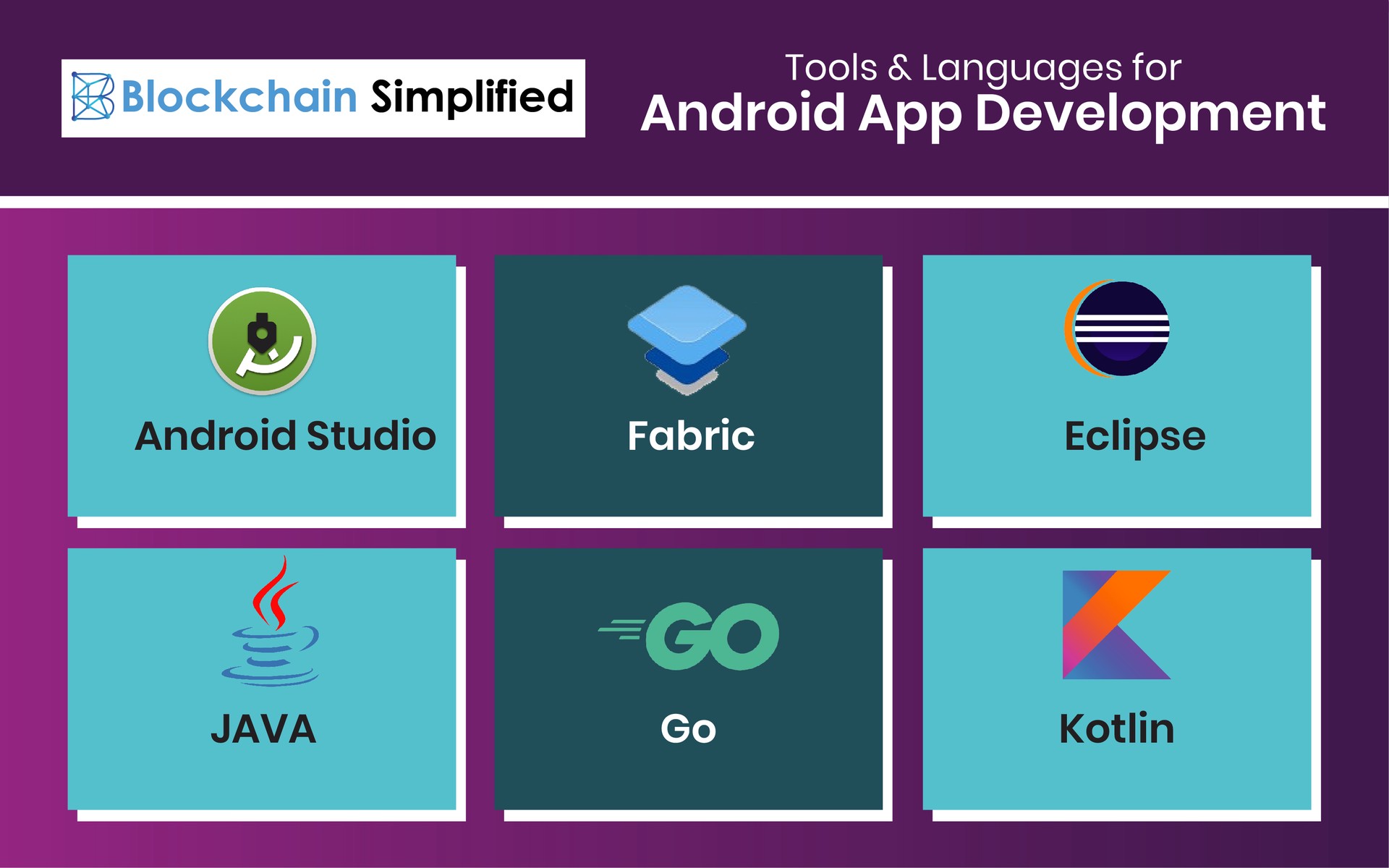How to Build an Android App: A Comprehensive Guide for Beginners

Are you eager to dive into the world of mobile app development? Building an app for Android devices can be an exciting and rewarding experience. With billions of Android users worldwide, creating an app for this platform can help you reach a massive audience and potentially generate substantial revenue. However, if you're new to app development, the process may seem daunting. Don't worry! In this article, we'll provide you with a step-by-step guide on how to build an Android app from scratch, even if you have no prior coding experience.
Session Titles:
1. Understanding the Android App Development Environment
In this section, we'll introduce you to the Android development ecosystem. We'll discuss the necessary tools, software, and programming languages you'll need to get started. You'll gain a clear understanding of the Android Studio IDE, the official Integrated Development Environment for Android app development.
2. Defining Your App's Purpose and Features
Before diving into coding, it's crucial to outline your app's purpose and features. In this section, we'll guide you through the process of defining your app's target audience, identifying its core functionalities, and conducting market research to validate your app idea.
3. Wireframing and Designing Your App's User Interface
Creating a visually appealing and user-friendly interface is vital for the success of your app. We'll explain the importance of wireframing and guide you through the process of designing your app's UI using tools like Sketch or Adobe XD.
4. Implementing Backend Functionality and APIs
To build a fully functional app, you'll need to handle data storage, user authentication, and other backend operations. In this section, we'll walk you through the process of implementing these functionalities using Firebase, Google's powerful backend platform.
5. Writing Code: The Basics of Android Programming
This section will serve as a crash course in Android programming. We'll cover the fundamental concepts of Java and Kotlin, the two main programming languages used for Android app development. You'll learn about activities, fragments, layouts, and more.
6. Creating Interactive User Interfaces with XML
XML is a markup language used to define your app's user interface elements. In this section, we'll delve deeper into XML and guide you through creating interactive and responsive UI layouts for your Android app.
7. Adding Functionality with Java/Kotlin
Now that you have a solid understanding of the basics, it's time to add functionality to your app. We'll teach you how to write Java/Kotlin code to handle user input, process data, and implement various features into your app.
8. Testing Your App: Debugging and Quality Assurance
It's crucial to thoroughly test your app to ensure it functions as intended. This section will cover different testing methods, debugging techniques, and quality assurance practices to help you identify and fix any issues or bugs that may arise during development.
9. Publishing Your App to the Google Play Store
Once your app is ready, it's time to publish it to the Google Play Store. We'll guide you through the process of creating a developer account, preparing your app's listing, and ensuring it meets all the necessary requirements before submission.
10. Promoting and Marketing Your Android App
Building an app is just the beginning. In this final section, we'll provide you with valuable insights on how to effectively promote and market your Android app to increase its visibility, attract users, and maximize its potential for success.
Conclusion:
By following this comprehensive guide, you'll be well-equipped to embark on your journey to build an Android app. Remember, while app development may have its challenges, with dedication and persistence, you can create a unique and innovative app that stands out in the competitive Android market. So, what are you waiting for? Start building your dream app today!